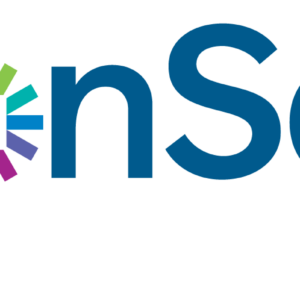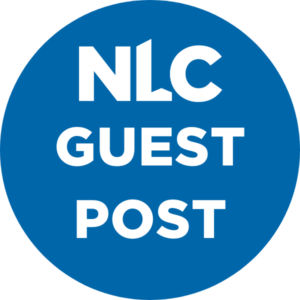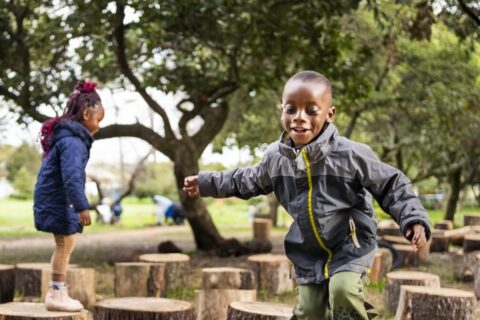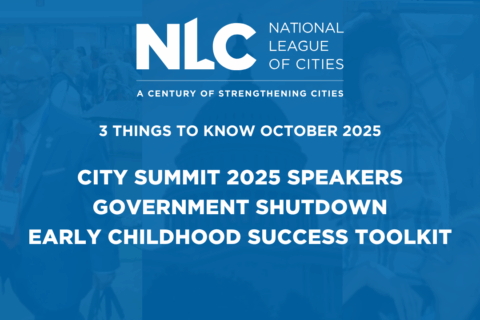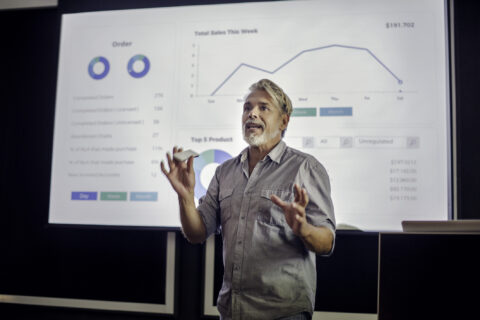As summer approaches, many city leaders are gearing up to launch or expand youth programs designed to keep young people safe, engaged and growing during the break from school. Whether these programs focus on recreation, academic support, workforce readiness or mental health, one question remains critical: Are they working?
Many cities offer a wide selection of summer programs, ranging from sports camps and drop-in centers to enrichment activities and summer job placements. While all of these can offer value, research consistently shows that comprehensive programs — those that combine academic enrichment, social-emotional learning, physical activity and mentorship — tend to yield the most meaningful and lasting outcomes. These programs not only keep young people engaged during the summer months but also build critical skills and relationships that support long-term success.
Evaluating summer youth programs isn’t just about tracking attendance, it’s about understanding whether the investments are making a meaningful difference in young people’s lives and are aligning with broader city priorities like public safety, workforce development and educational attainment. Taking a closer look at the programs being offered can help city leaders identify what’s truly moving the needle and where deeper investment may be needed.
Here’s how you can approach program evaluation strategically and effectively:
1. Define Clear, Measurable Goals
Start by identifying what success looks like. Is the goal to reduce summer learning loss? Boost skills for future employment? Increase youth engagement in specific neighborhoods? Define a few core outcomes that reflect both the purpose of your program and the priorities of your administration.
2. Collect the Right Data
Good evaluation starts with good data. You don’t need to collect everything, just the data that directly ties to your goals. Depending on your goals, this might include:
- Quantitative data: Attendance records, participant demographics, pre- and post-program surveys, academic performance or employment metrics.
- Qualitative data: Youth feedback, parent testimonials, focus groups and interviews with staff or partners.
Numbers matter, but so do stories. Use quotes, videos and photos to show the human impact. A mix of data and storytelling can be the most powerful way to communicate value and secure ongoing support.
3. Track Skill Development and Engagement
Summer programs often help students develop skills not typically measured by test scores. These include collaboration, communication, resilience and leadership — critical for success in school and beyond.
Use tools like student self-assessments, staff observations or short reflective journals to capture these outcomes. Even simple before-and-after reflections can provide powerful insights.
4. Explore Access to Programs
To ensure your summer youth programs are reaching those who can benefit the most, consider the following:
- Are the programs accessible to youth from all neighborhoods and backgrounds?
- Are there barriers such as transportation, cost, scheduling or language that might prevent participation?
- Does enrollment reflect the city’s diversity in terms of race, ethnicity, income and ability?
Collecting and analyzing data disaggregated by factors like neighborhood, income level and race/ethnicity can guide improvements to make programs more inclusive and impactful.
5. Make It a Learning Process
Finally, treat evaluation as a learning tool, not just a scorecard. What worked well? What didn’t? What should you change for next year? Create a feedback loop with staff and stakeholders so improvements are informed by real-world experience. Used well, evaluation helps programs evolve and thrive, not feel scrutinized.
Next Steps
Summer youth programs are more than just seasonal offerings; they’re a vital part of a city’s year-round strategy to support young people and build thriving communities. By evaluating thoughtfully and acting on what you learn, you can ensure your programs truly make a difference — and build the case to grow them year after year.
For more information, The Wallace Foundation’s Summer Learning Toolkit contains a range of tools and resources to help plan and evaluate high-quality summer learning programs.
Register for the Webinar
Register now for “Making the Case for Afterschool and Summer Learning Programs” on Tuesday, June 24 at 3 PM ET. This workshop will present the latest national and longitudinal research on the impact of afterschool and summer learning programs, highlighting their role in improving community safety, addressing chronic absenteeism and contributing to thriving communities in general.



